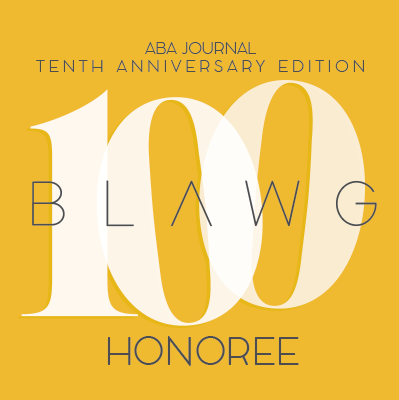*This article is not a substitute for the advice of an attorney.*
On Friday, the Texas Supreme Court reversed both the Washington County trial court and First Circuit Court of Appeals (Houston) in Key Operating & Equipment, Inc. v. Hegar. I previously blogged about the court of appeals opinion and the Supreme Court review of this case here.
Background
This case involved two neighboring tracts of land known as the Richardson tract and the Curbo tract. Key Operating leased the mineral rights on the Richardson tract since 1987. From 1994 to 2000, Key also leased mineral rights to the Curbo tract. During this time, Key built a road across the Curbo tract to access wells on Curbo and Richardson. When the lease ended in 2000, Key’s owners purchased an undivided 12.5% interest in the mineral estate of the Curbo tract and leased this interest to Key. Because Key’s leases for both properties allowed pooling, Key pooled the leased minerals for 10 acres from the Curbo tract and 30 acres from the adjoin Richardson tract. At the time suit was filed, the only producing well on the properties was located on the Richardson tract and expert testimony showed that the well’s drainage area did not reach the Hegar’s property.
In 2002, the Hegars purchased the Curbo tract–both the surface estate and 25% of the mineral estate, aware that Key used the road for oil and gas related purposes. When Key drilled a new well on the Richardson tract and traffic increased on the road over the Curbo tract, the Hegars filed suit claiming that Key had no right to use the road and was, therefore, trespassing. The Hegars argued that because there was no production on the Curbo property, Key had no rights to use the surface of the Curbo tract in order to produce minerals from the Richardson tract.
Key argued that because the production from both tracts was pooled together and thus legally treated as one unit, it had the right to use as much of the surface of any pooled tract as reasonably necessary to produce from the pool.
Both the trial court and the court of appeals sided with the Hegars, both finding that Key had no right to use the surface of the Curbo tract in order to produce oil and gas on the Richardson tract when there was no production on the Hegar tract. Key appealed to the Texas Supreme Court.
Thus, the issue before the Texas Supreme Court was whether a mineral lessee of two tracts of pooled property has the right to use the surface of the non-producing tract to access and produce the minerals from the producing tract.
Applicable Texas Law
Right of Surface Use: The owner of the mineral estate has the right to use the surface of the land to produce and remove the minerals therefrom. This right, implied in oil and gas leases, allows the mineral lessee to use as much of the surface estate as is reasonably necessary to produce the minerals.
Pooling: Where pooling is allowed by the lease instrument, mineral lessees of multiple tracts may pool all or some of the tracts by combining them into a single unit. When tracts are pooled, production anywhere on the pooled unit is treated as if it took place on each tract within the unit. Landowners, therefore, are paid based on their percentage of acreage in the unit for any production, whether the production actually occurs on their tract or not.
Texas Supreme Court Decision
The Texas Supreme Court reversed both lower courts and sided with Key Operating. “We concluded that once pooling occurred, the pooled parts of the Richardson and Hegar Tracts no longer maintained separate identifies insofar as where production from the pooled interests was located. So the legal consequence of production from the pooled part of the Richardson Tract is that it is also production from the pooled part of the Hegar Tract…Because production from the pooled part of the Richardson Tract was legally also production from the pooled part of the Hegar tract, Key had the right to use the road to access the pooled part of the Richardson Tract.” Thus, the implied right to use the surface, including the right to use a road for ingress and egress, applied to the surface of any part of the pooled acreage. [Read full opinion here.]
Why Does This Case Matter?
This case defines the rights of oil and gas companies to use the surface of any land included in a pooled unit. It is important for surface owners to understand that the mineral owner (often an oil or gas company as lessee) of the property has the implied right to use the surface of the property to produce the minerals. This case takes that basic concept one step further and explains that where the mineral lessee pools its interest, this implied right to use the surface applies to all pooled tracts, whether or not production is actually occurring on the specific tract.












